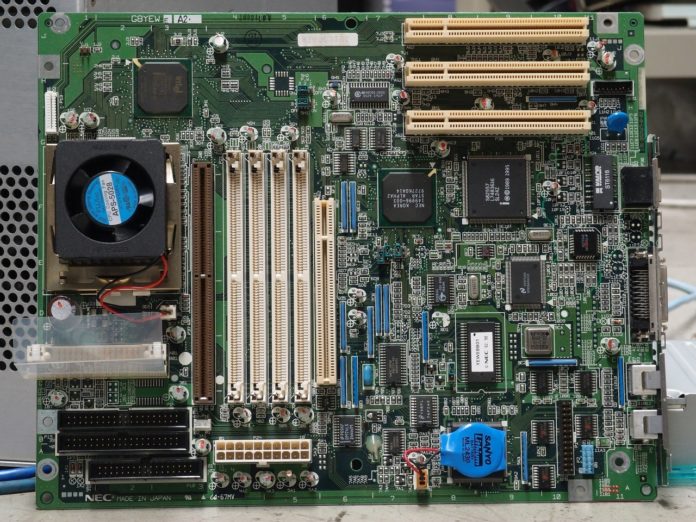Microcontroller units (MCU) are exactly what they should be if you broke down the term into micro and controller. They are micro integrated circuits (IC) used for controlling various other components on the same electrical circuit board. As they are tiny, barebones, SoC computers in essence, microcontrollers are naturally more complex in their construction and operation than the components they are used to control.
In addition to a microprocessor unit (MPU) and memory, MCUs will also have additional modules attached to them. These peripheral modules make them even more functional than limited microprocessors. As to what the MCUs are used to control, that could be a very long list. Instead, we will focus on three of modern uses that should be expected from microcontrollers these days.
Bluetooth Microcontrollers
Most phones do not even have a 3.5 jack anymore to accommodate wired headphones because the world has moved on to wireless, Bluetooth headsets. At the same time, we can connect our home and car music systems to our phones and stream music through the larger speakers with almost no effort or wire clutter. Suffice to say that Bluetooth microcontrollers are one of the most common, useful, and in-demand MCUs today.
However, these are all instances of us utilizing a preinstalled Bluetooth controller via the respective device’s UI. What if you were putting together something like a Raspberry Pi or perhaps even a commercial grade product for your business? On what basis should you choose your Bluetooth controllers?
For starters, know that Bluetooth v5.2 is the latest generation of Bluetooth available, as of mid-2022. Therefore, you should not be investing into anything older than a Bluetooth v5.1 controller. To learn more about how to choose the right MCU for your project’s requirements, read more about Bluetooth microcontrollers on Octopart.
Wi-Fi Microcontrollers
Wi-Fi was earlier used only for wireless internet connectivity, but that is no longer the only use they serve. The latest generation of Wi-Fi-enabled MCUs are capable of simultaneously connecting to a wireless internet signal and routing the same connection to other devices at a rate that’s hundreds of times faster than what was possible even five years ago.
Additionally, Wi-Fi modules are becoming increasingly adept at providing wireless, peripheral connectivity. Bluetooth is still the preferred mode of wireless connectivity for peripherals, but the wireless Wi-Fi mouse and game controllers have gained a lot of popularity over the years. However, Wi-Fi absolutely decimates all wireless competitors, as far as speed of data transfers is concerned. In other words, if your microcontroller has Wi-Fi 6 support, that could be highly beneficial.
Power
We will not be editing 4K videos on this device, so we don’t need too much power, but it still needs to be powerful enough. CPU recommendations include ARM Cortex-M, Intel 8051, and Microchip PIC series, with a clock speed/frequency that should not be lower than 32MHz at max capacity.
Memory
Flash memory is a given for microcontroller these days, but anything below 128KB is best avoided. It would be ideal if the available RAM was 256KB or more, because that is when the microcontroller becomes fully capable of supporting TCP socket programming and TCP communication.
Connectivity
It would be convenient if the microcontroller had support for both Digital to Analog Converters (DAC) and Analog to Digital Converters (ADC). The I/O pins can be configured and reconfigured to act as input and/or output points as needed but count the pins before buying. Make sure that there are enough of them for your project’s peripheral requirements.
Microcontrollers can also be described as miniature motherboards, especially when they have smart connectivity options such as Wi-Fi and Bluetooth. It is amazing how much these little boards are capable of achieving these days, despite measuring a fraction of even micro-ATX computer motherboards.










